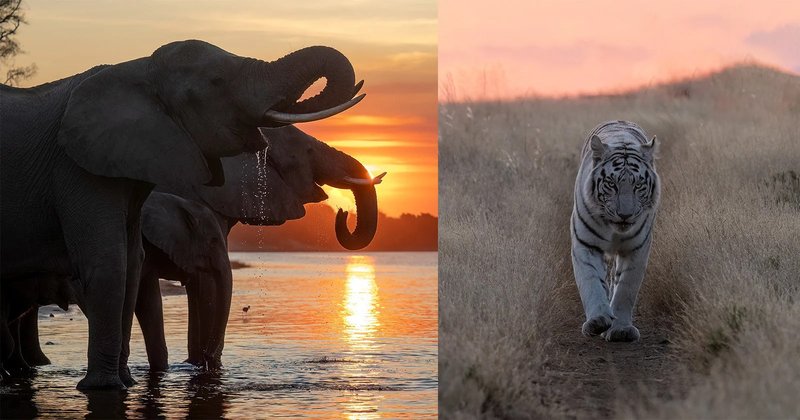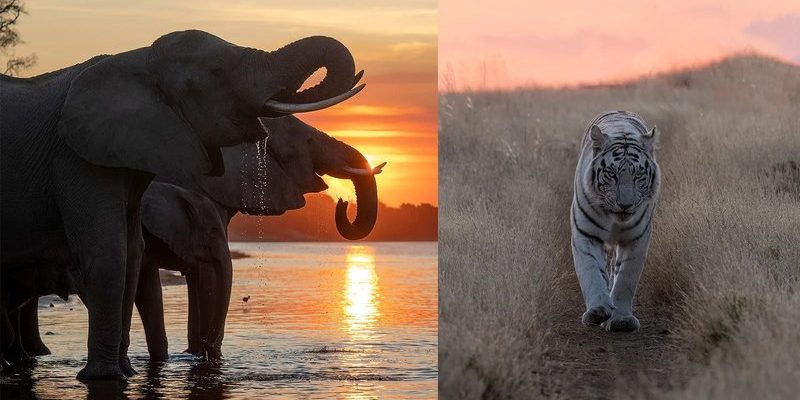
Here’s the thing: capturing these movements requires a bit more than just pointing your camera and clicking. You need to think about timing, the right gear, and how to frame your shots. Depending on your camera setup, you might want to use a remote shutter release—like those from Canon or Nikon—to avoid disturbing your subject. It allows you to capture the perfect moment without scaring off these little critters. Let me explain how you can make the most of your inchworm photography.
Understanding Inchworm Behavior
Before you even think about snapping a photo, it’s essential to understand how inchworms behave. These fascinating little creatures move in a unique way, contracting their bodies and then stretching out, which is quite a sight! When you observe their movement, you’ll notice they’re not in a hurry. Unlike a butterfly flitting from flower to flower, inchworms take their time, making them perfect subjects for close-up photography.
You might be wondering where to find them. Inchworms tend to hang out on leaves, branches, or even in the grass. Look for them in gardens, forests, or even your backyard. Early morning or late afternoon is usually the best time to spot them since they’re more active during these hours. Knowing their habits and habitats will help you anticipate where to set up your shot.
Also, pay attention to their surroundings. Inchworms often blend in with their environment, thanks to their green or brown coloration. That means you’ll want to think about how to capture them against their backdrop without losing them in the foliage. A good understanding of where they are and how they move will enhance your photography skills tremendously.
Choosing the Right Gear for Inchworm Photography
When it comes to photographing inchworms, having the right gear can make a huge difference. You don’t necessarily need a fancy camera, but a DSLR or mirrorless camera with manual settings is advisable. This way, you can adjust your shutter speed and aperture to capture those delicate movements better.
You’ll also want a macro lens to get close-up shots of the inchworms. This type of lens lets you focus on small details, like the texture of their skin and the way they move. If you don’t have a macro lens, even a regular zoom lens can do the trick if you can get a bit closer to your subject.
And don’t forget about a tripod! Wildlife photography often requires stability, especially when you’re shooting in lower light conditions. Using a remote shutter release can also help minimize camera shake while you capture those subtle movements. This takes away the worry of ruining a shot just because you pressed the button too hard.
Setting Up Your Shots
Now, let’s talk about *how to set up your shots*. Composition is crucial in wildlife photography, and inchworms are no exception. Aim for an interesting angle—perhaps shooting from slightly below or above the inchworm can give your photos a unique perspective. You could even try a close-up shot of it inching along a leaf to capture the details of its movement.
Lighting plays a vital role, too. Natural light is your best friend here. Shooting during golden hour—the last hour before sunset or the first hour after sunrise—can add a beautiful glow to your images. Avoid harsh midday sunlight that can create unwanted shadows. If you’re photographing in shaded areas, consider using reflectors to bounce some light onto your inchworm without startling it.
And remember, patience is key. You may need to wait to capture that perfect moment when the inchworm moves just right. It’s a bit like fishing; sometimes you have to wait for the right bite before you reel in the catch!
Capturing Motion with Speed and Focus
Capturing motion can be tricky, especially with small creatures like inchworms. You want to showcase their movement without blurring the entire image. The best way to do this is by using a faster shutter speed. A shutter speed of 1/250 or faster is often ideal for capturing quick movements.
However, if the inchworm is moving slowly (which is typically the case), you might be able to use a slightly slower shutter speed if you keep your camera steady. Using a tripod will aid in preventing motion blur. You may also want to consider continuous shooting mode, which allows you to take several shots in quick succession. This way, you can capture the inchworm in various stages of its movement, giving you plenty of options to choose from later.
To help with focus, consider using a single autofocus point. This lets you target the inchworm specifically, ensuring it’s sharp while the background fades nicely. If you’re using a remote shutter release, it can also enhance your focus accuracy since you won’t be touching the camera during the shot.
Post-Processing for Maximum Impact
Once you’ve captured your inchworm photos, it’s time for some post-processing magic. You don’t need to be a Photoshop pro to enhance your images; even simple adjustments can transform your photos. Start with cropping to improve composition and remove any distractions from the edges.
Then, adjust the brightness and contrast to make your inchworm pop against its background. If you find that the colors are dull, a bit of saturation can help bring them to life. Don’t be afraid to sharpen your image, focusing on the inchworm to draw attention to it.
You might also want to play with the background blur (bokeh) to isolate your subject further. This can create a dream-like quality, making the inchworm the star of your photograph. The right edits can turn an ordinary shot into something truly striking.
Sharing Your Work and Finding Community
Once you’ve captured and edited your inchworm photos, it’s time to share them! Posting your work on social media platforms like Instagram or photography forums can help you connect with other wildlife photographers and inchworm enthusiasts. You might find communities that share your interests, allowing you to exchange tips, tricks, and experiences.
Don’t hesitate to inquire for feedback on your work. Constructive criticism can only help you grow as a photographer. Plus, sharing your day in the field can inspire others to appreciate the beauty in even the smallest creatures.
Also, consider entering photography contests or submitting your work to wildlife magazines. These platforms can give you the exposure you need to build your portfolio—who knows, your inchworm photo could be the next big hit!
In conclusion, capturing the subtle movements of inchworms in wildlife photography can be a rewarding experience. With a little preparation, the right gear, and a lot of patience, you can create compelling images that tell the story of these often-overlooked creatures. So grab your camera, find an inchworm, and immerse yourself in the art of wildlife photography!

